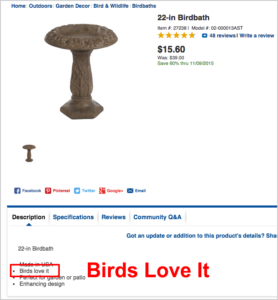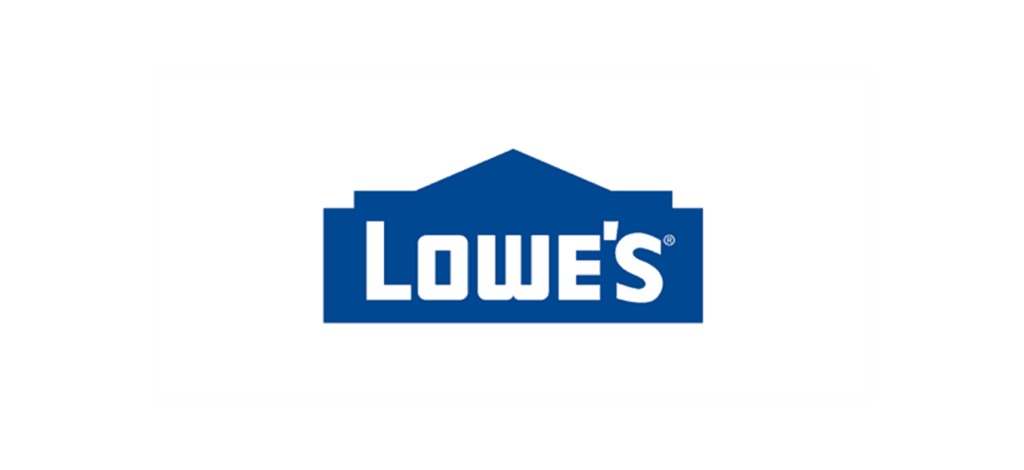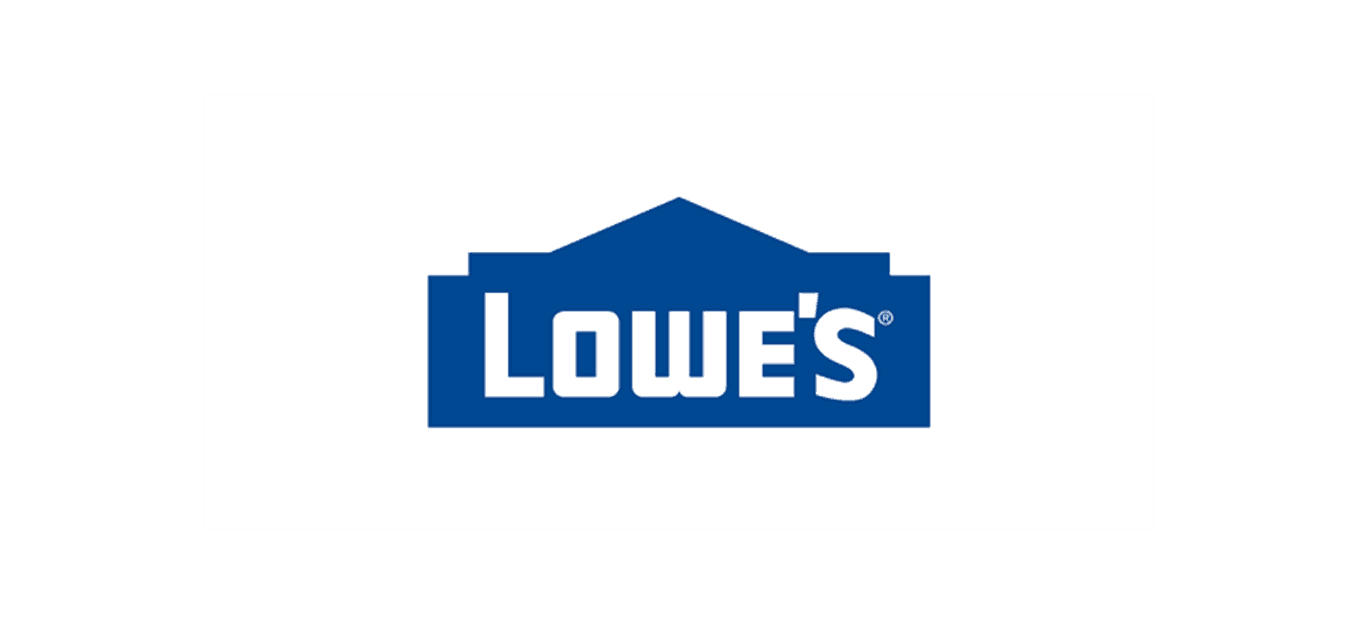Let’s step back into the 90s. Everyone was using dial-up, signing into AOL, and asking Jeeves a question. It was a time when e-commerce was in its infancy, m-commerce non-existent, and brick-and-mortar retailers’ predicted the end of days.
During the Shop.org Digital Summit breakout session, Capturing the Magic of the Shopping Experience with Engaging Product Content, Richard Chapman, Senior Content Development Manager at Lowe’s, captured the magic of the 90s (along with a few laughs) with one website straight out of 1996.
It’s hard to believe that the second largest home improvement retailer in the world once had a web presence like that. But as Avis famously said, when you’re number 2, you try harder. And Lowe’s is.
2015 has been a big year for Lowe’s. Increasing its availability of products online, offering a seamless integration with mobile, and enriching products pages with loads of content—the focus of Chapman’s presentation.
Chapman’s goal is simple, yet profound: to scale product content in the pursuit of a better shopping experience.
Lowe’s didn’t just throw a dart on a goal board and land on this strategy; they listened to customer feedback and actively responded. The second most frequent complaint from its online customers was that customers didn’t have the product data or information they needed to make a purchase decision. Chapman said that while other retailers were narrowly focused on the latest digital trends, such as UX/UI and SEO, Lowe’s was investing in a product content strategy.
For Lowe’s, product content needs to be four things: it needs to engage the online shopper, it needs to be sticky to increase return visits, it needs to differentiate the Lowe’s brand, and it needs to be compelling enough to sell the product.
According to Chapman, Lowe’s product pages are designed to “recreate the store associate online.” To achieve this, Lowe’s focuses on enhancing three basic, but often overlooked, elements of a product page: copy, imagery, and video.
COPY
Before taking another walk down Lowe’s memory lane to revisit outdated product copy, let me remind you of the problem: the second most common complaint from Lowe’s online shoppers was not having enough product data, including copy, to make a purchase decision.
Now let’s take a look at this former product description of an Outdoor Birdbath:

Made in USA, perfect for garden or patio, enhancing design, and… BIRDS LOVE IT. Chapman was quick to clarify that in fact, no birds were interviewed or surveyed as part of the description writing process. This description does provide a good laugh, but it fails to provide the details needed to understand the product.
Like Lowe’s, retailers that sell a massive volume of SKUs, in a highly competitive space, and from a variety of manufacturers, often struggle to generate creative and unique product copy. Too many retailers default on using manufacturer-provided product descriptions, which are rarely engaging, sticky, or informative enough to enable a confident purchase decision. Worse yet, they fail to differentiate the Lowe’s brand as competing retailers almost always use the manufacturer descriptions.
Today, Lowe’s uses an in-house copywriting team to gain greater ownership of what is written and to provide valuable content to its customers. Lowe’s adopts a mix of romanticized paragraphs to inspire product uses and short bullet to highlight product features.
What a change it can make. Take a look at this Allen + Roth Patio Umbrella:
IMAGERY
Chapman referred to product imagery as “the low hanging fruit” because quick, easy, and obvious investments have big payoffs. A once convoluted process kept Lowe’s from showcasing multiple product views and enhanced rich media— limiting product pages to a single, static image per SKU.
By displaying additional images, such as alternate views, lifestyle shots and product detail shots, Lowe’s was able to increase online conversions by 97%, said Chapman.
But Lowe’s didn’t stop there. Recognizing that many retailers provide multiple images or views, Lowe’s sought to differentiate its brand by providing even more engaging, sticky and compelling visual information— 360° & 3D spins.
Lowe’s partnered with 1WorldSync to shoot 15,000 products within 360° & 3D spin in five months. According to Chapman, presenting in spin is valuable for all product types because it not only gives a holistic view around the product, but also efficiently displays informative packaging and showcases product uses to differentiate the Lowe’s brand in a way “that best replicates the experience of being in a store.” As an added benefit, Chapman said that 360° & 3D spins have significantly helped call center costs, where the Lowe’s team uses spins to answer product detail questions and as a selling tool.
VIDEO
Like Lowe’s, many retailers seek to incorporate video into their product content strategy. And like Lowe’s, many retailers struggle to create a high volume of videos on time and on budget.
Since 2009, Lowe’s has created videos that inspire home renovations, seasonal decorations, and outdoor cookouts. These videos are high in quality and long in form, but they are not scalable for a massive volume of SKUs. Lowe’s recognized that product videos need to be treated differently. And that they don’t have to be a drain on resources.
Lowe’s moved video creation in-house to focus on quick, efficient, and on-budget production that could scale as new products become available online. The production team uses a three-tier strategy that prioritizes compelling content designed to provide customers with the information need to make a purchase decision.
1) Product Overviews – These videos are reserved for top-selling items. They are about 90 seconds in length and take up to a few hours to film and edit. They are complete product overviews and often contain buying guides or additional resources at the end.
As the home appliance leader, Lowe’s choose to give a complete product overview for these Moen Kitchen Faucets.
2) How-To Demonstrations – Unlike product overviews, this second tier of videos focus on one or two features of a product. They are often filmed as a how-to demonstration and take about 30 minutes to create.
In this video, Leon from Lowe’s gives a demonstration on the Bosch 50-ft Metric and SAE Laser Distance Measurer.
3) Point And Shoot – Chapman coined the last tier of product videos ‘point and shoot’ for its simplicity and ease. Instead of an individual giving a demonstration or voice over, the point and shoot is just a quick view of the product. Chapman estimates that these take 5-10 minutes to create.
This hysterically wonderful Musical Animatronic Tabletop Fox video shows what you can do even with few resources.
For retailers looking to dip their toe in the product content pool, Richard recommends a three-part strategy.
First, focus on top selling products and easily scalable content. For Lowe’s that was appliances and imagery. Next, find great vendor partners and work with them. Lowe’s brought copywriting and video production in-house, but choose a vendor for product photography. Know your strengths and your weaknesses. And finally, develop a long-term strategy. Content creation is a marathon not a sprint. This means working with manufacturers, in-house product teams, and vendors to get content on new products created quickly and efficiently.

